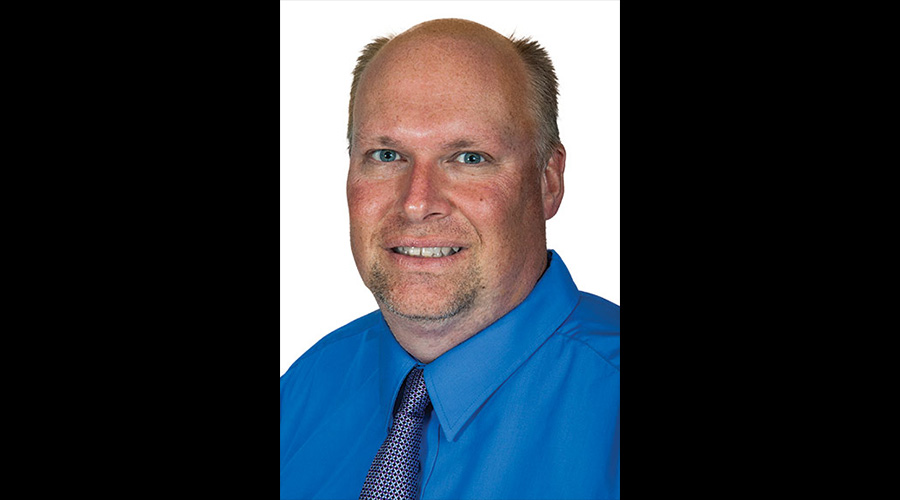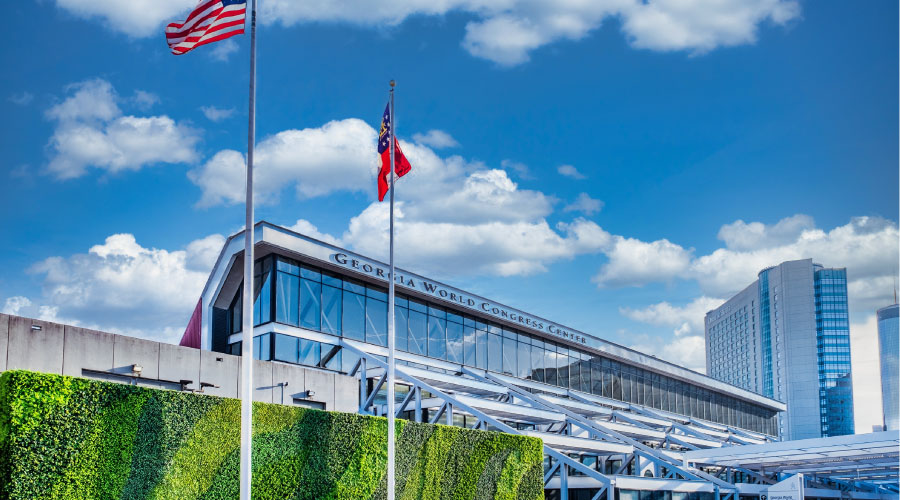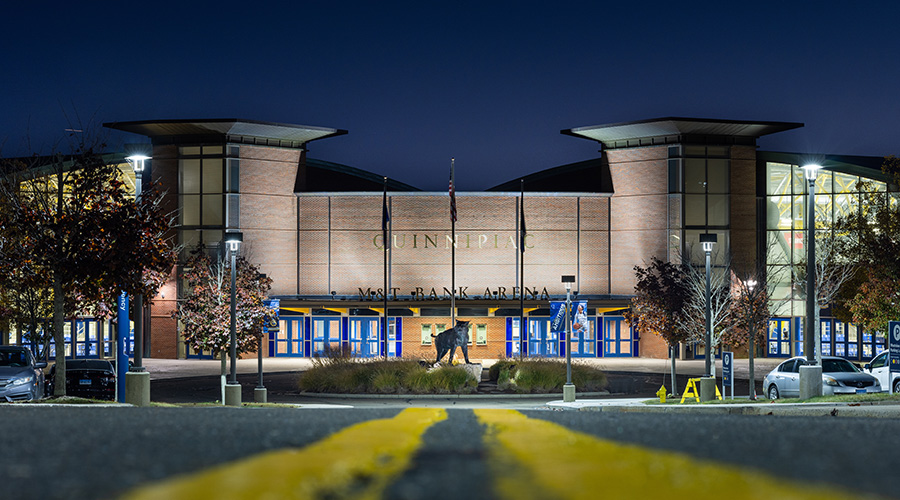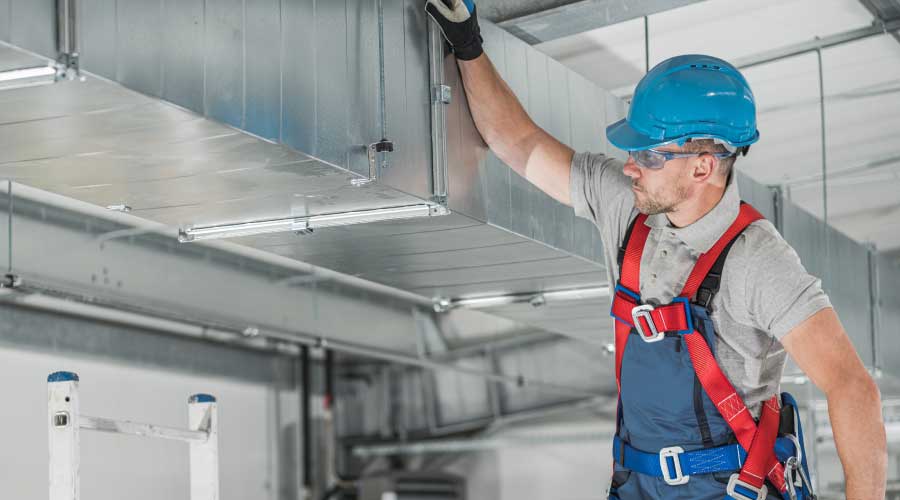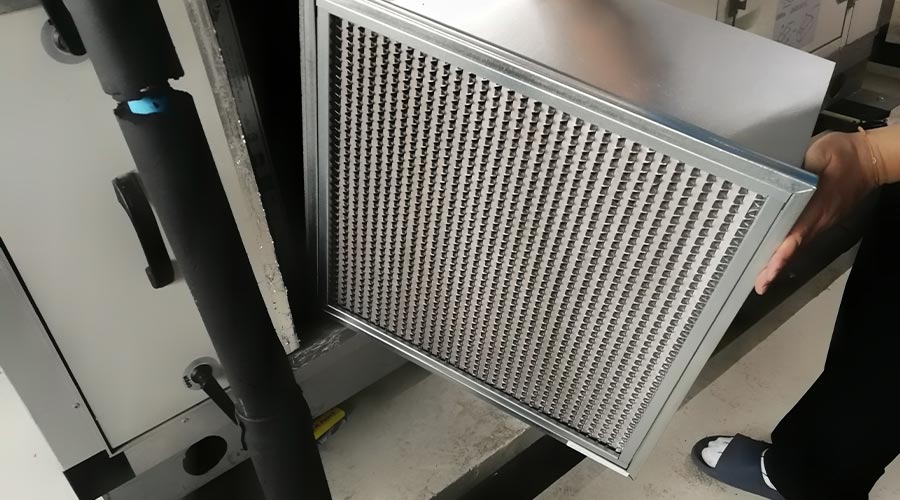Technology Makes Humidification More Effective
Similar to circuit-level monitoring, in-duct humidification is not new technology, but advances in its design and implementation have reduced the maintenance requirements and air-quality problems. A range of facility types requires humidification for proper operation of equipment and systems. But even when HVAC systems feature in-duct humidification, problems can occur.
The most common problem relates to the failure of steam-condensate traps, followed by leaks from the steam manifold into ductwork. These problems allow moisture to form, causing increased mold growth.
To protect against resulting moisture problems, managers can employ in-duct humidification, which can have significant benefits over humidifying an entire system. Humidification is energy-intensive, and providing it only where absolutely necessary decreases a facility's operational costs.
Managers can implement multiple solutions to minimize maintenance problems. One option is a full-duct-width moisture trap installed just downstream of the manifold as part of the ductwork, with the ductwork sloped to a drain and a water-sensing system to alarm the building-automation system (BAS) when the sensing system detects water in the ductwork.
Managers also must consider the system's design because the velocity of the air through the duct affects the size and slope of the ductwork to the drain. If air velocity is too high, water droplets will move down the ductwork instead of moving toward the drain.
Technicians should ensure the BAS properly monitors the steam-condensate line for low temperature. If the temperature of the air-water mixture at the steam trap drops below 200 degrees, it generally indicates a faulty trap. With a few minor changes in the design of traditional in-duct humidification systems, maintenance problems can drop significantly.
Given the technological and implementation advances of these tried-and-true strategies, managers now can take advantage of the opportunities to make their facilities easier and cheaper to operate and maintain.
Andrew Meyers, P.E., LEED AP, CEM, is a senior associate with Mazzetti Nash Lipsey Burch in Washington, D.C. The consulting and design firm specializes in health care, mission-critical, and laboratory facilities.
Agree? Disagree? Have something to say? We want to hear from you. Visit myfacilitiesnet.com/andrewmeyers, and "Start a Conversation."
Related Topics:







